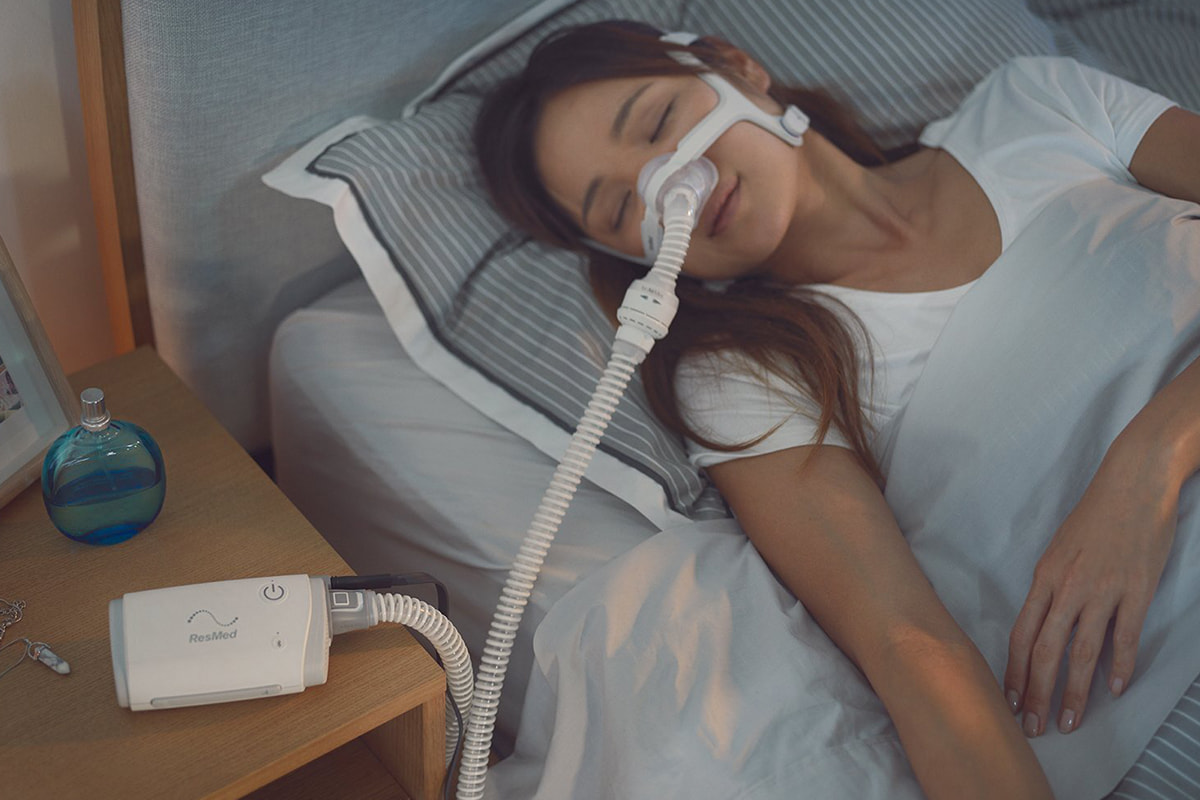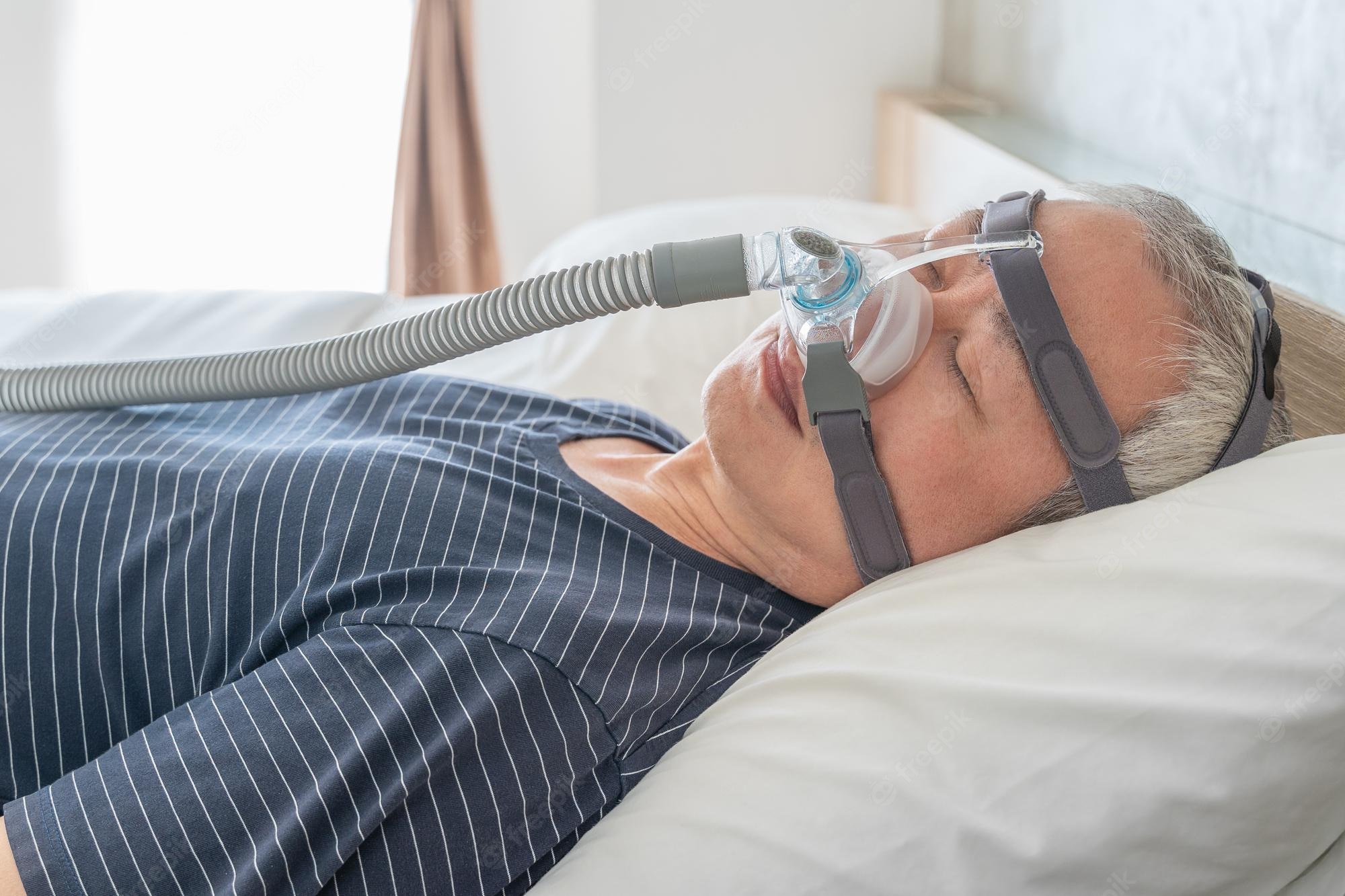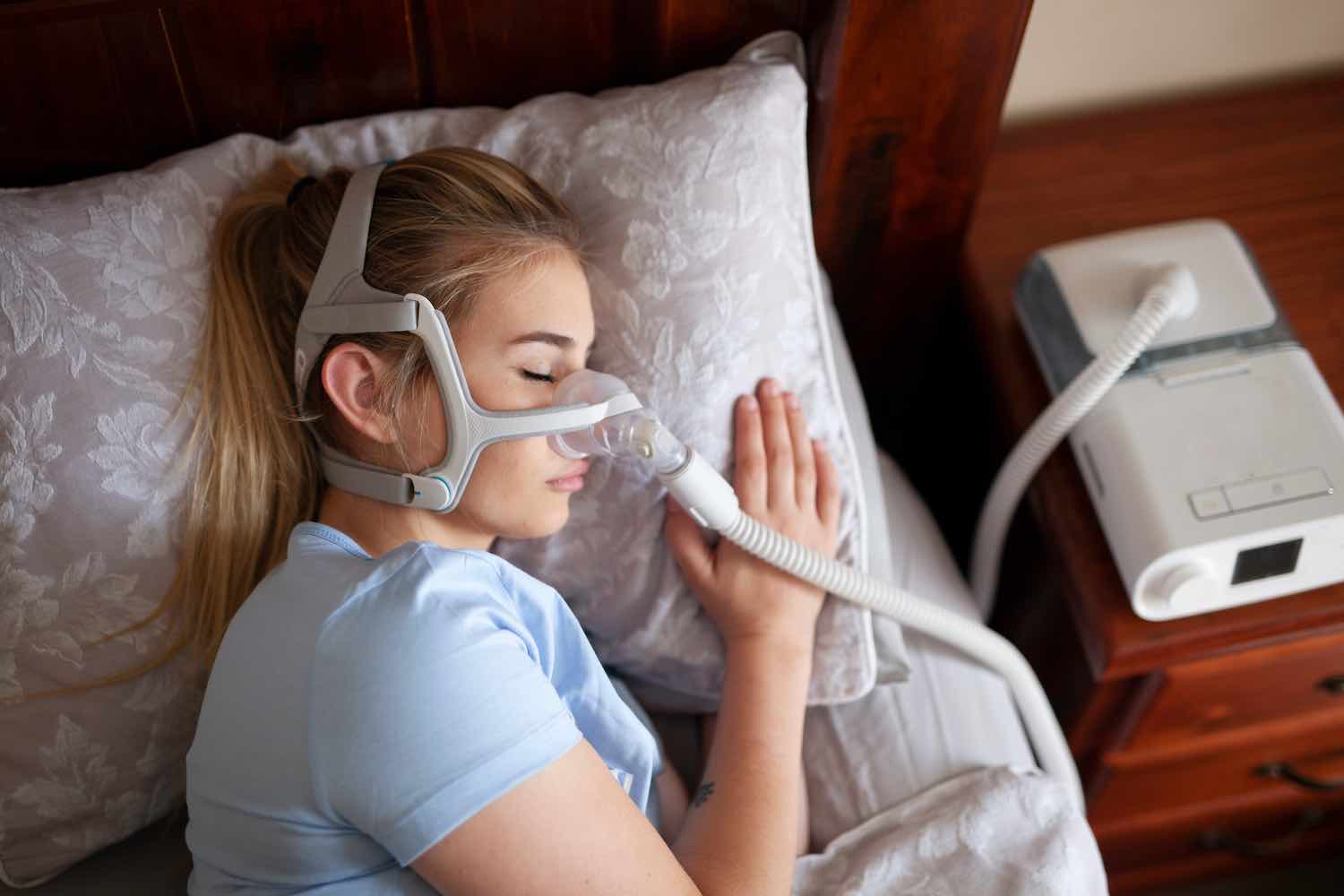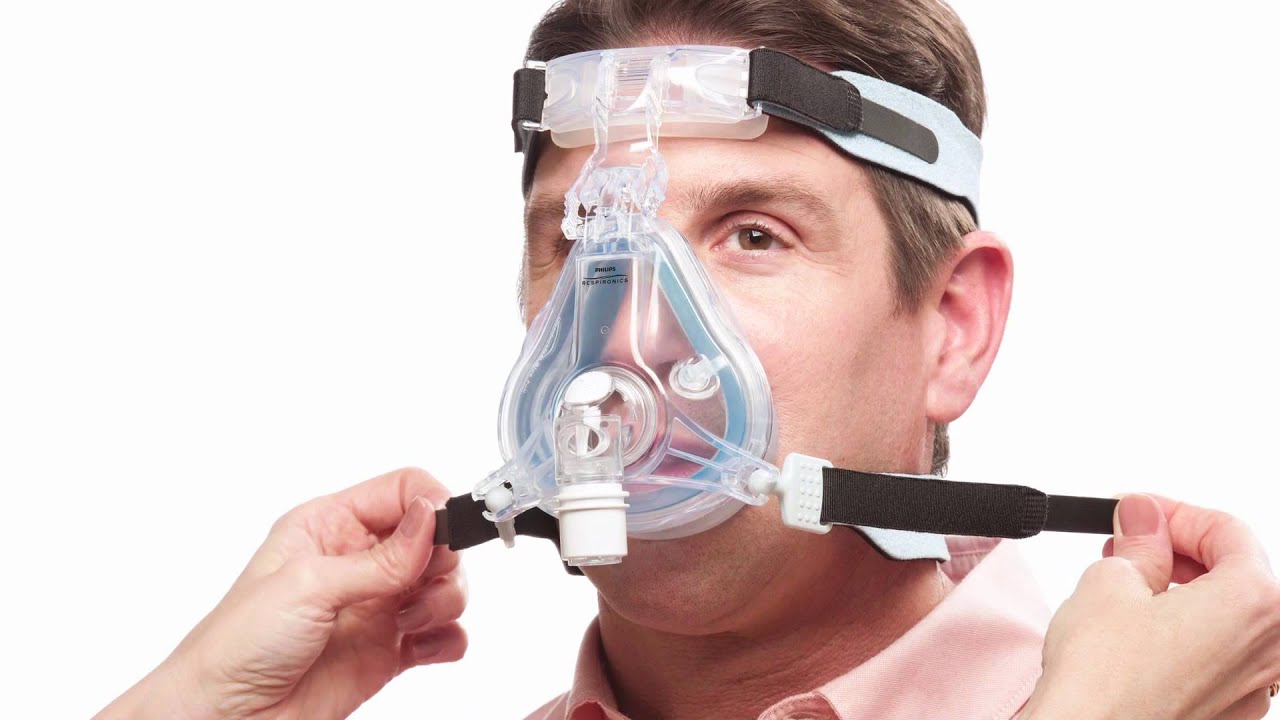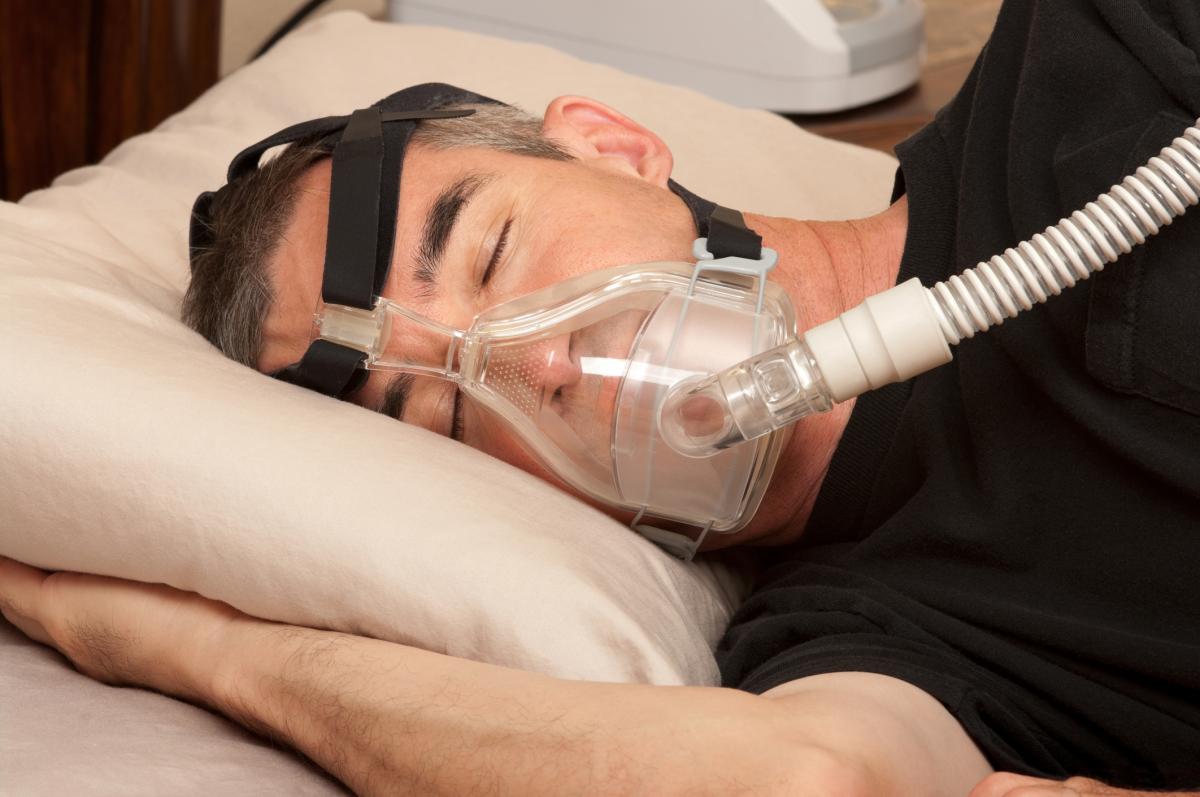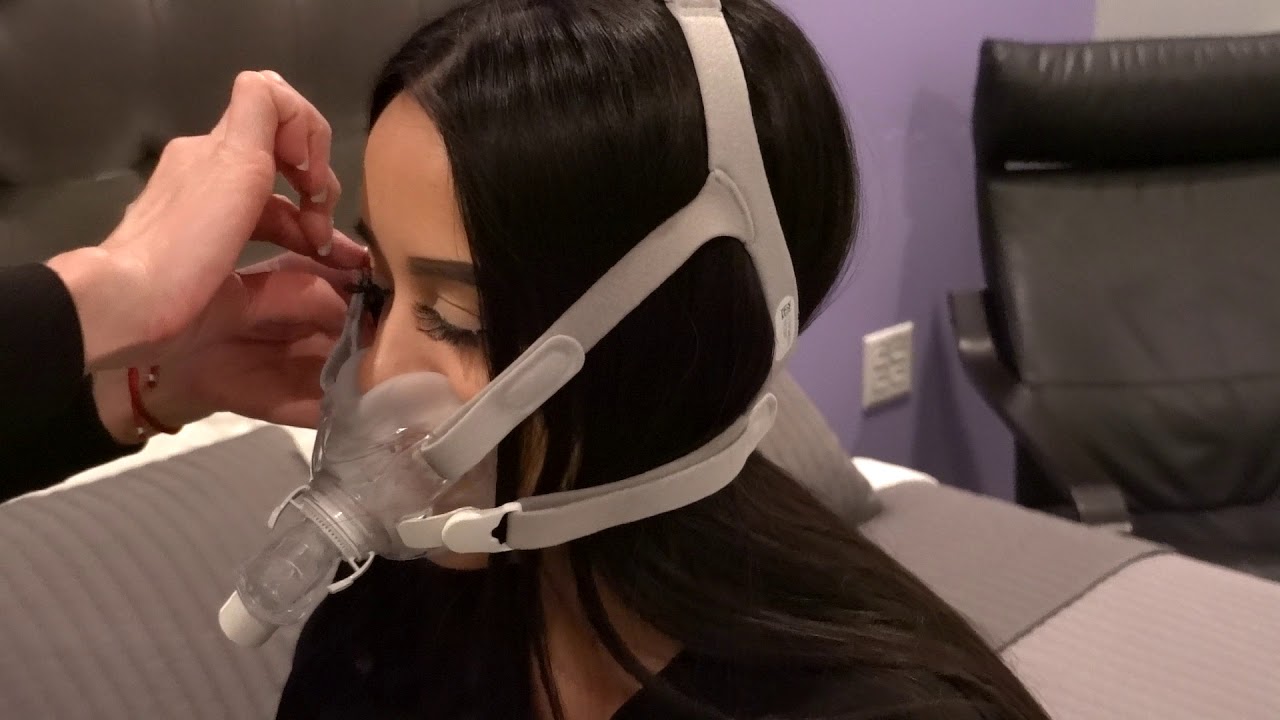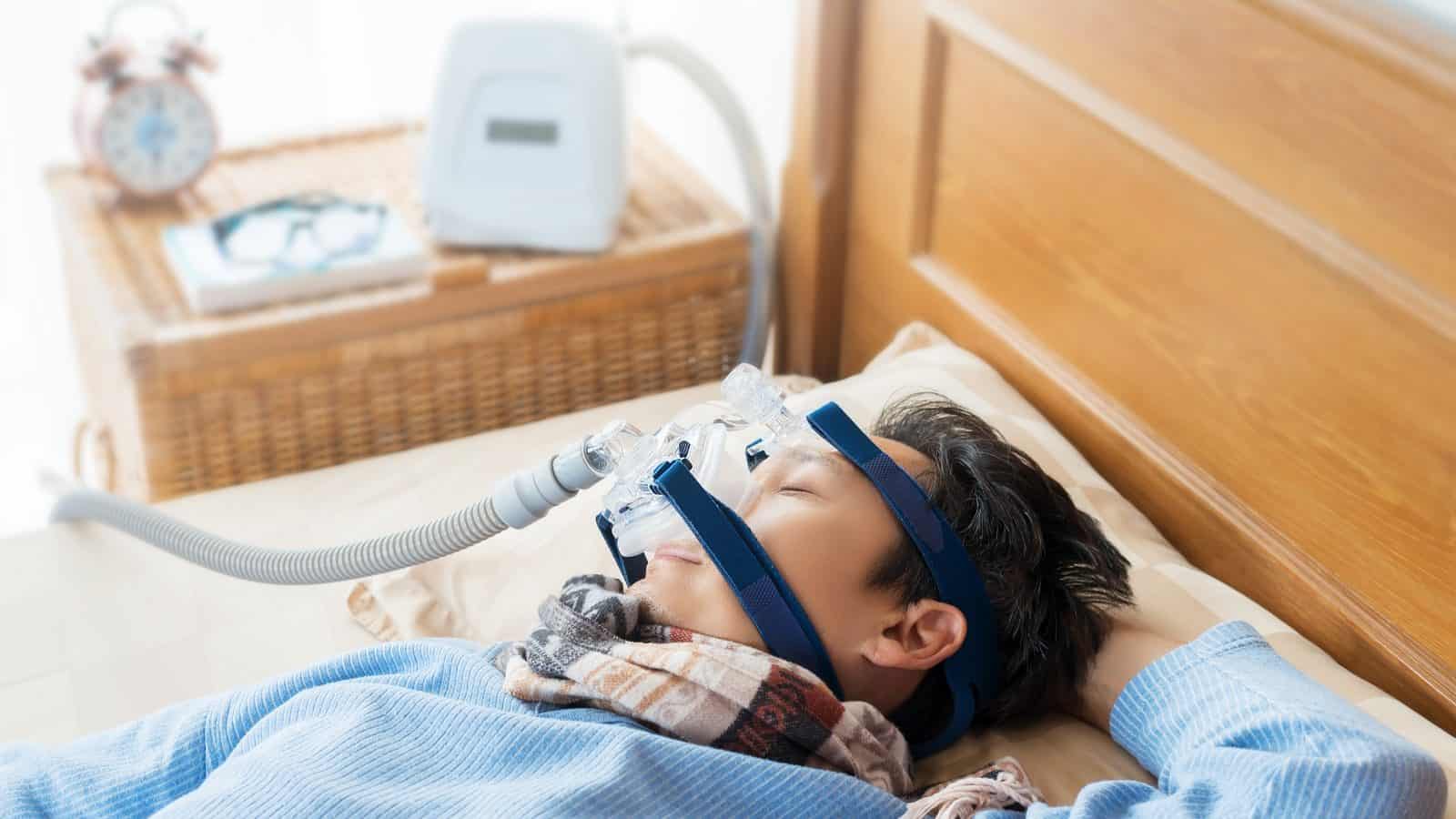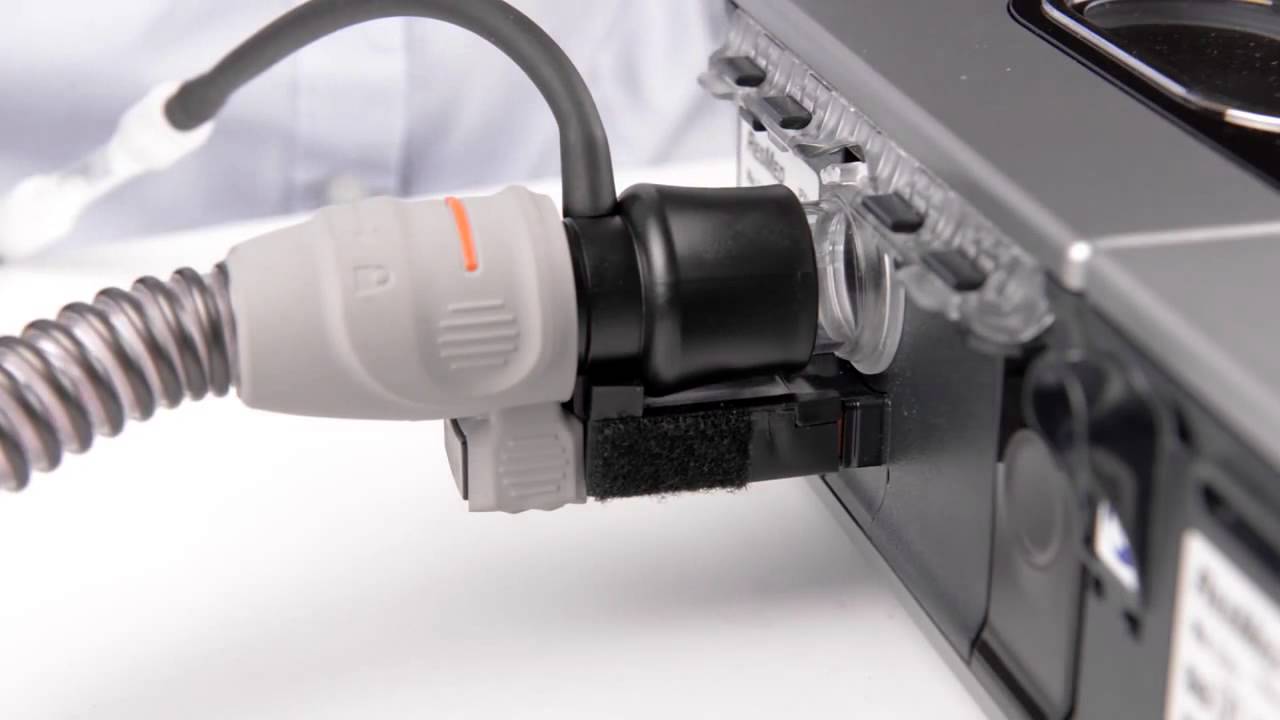Use of CPAP masks is widespread. Patients with sleep apnea often think that a certain kind of mask is necessary for each type of CPAP machine they use. Since most CPAP masks should function with various types of equipment, choose the right mask for you is even more important. How do you decide which of …
To become acclimated to CPAP, some effort may be required. If you take off your CPAP machines over the course of the night, you are not receiving the proper treatment. Your insurance won’t start paying for CPAP if you’ve just recently begun using it. However, how can you stop yourself from removing it when you’re …
It could take some time before you feel comfortable with CPAP treatment. Use the advice below to enhance the caliber of your CPAP sleep: Start using your CPAP for little amounts of time during the day while you read or watch TV. You may find it easier to wear your cpap mask if you do …
Many people seem to be under a lot of pressure these days, doesn’t that bother you? When it comes to CPAP, how much pressure is ideal? If you’ve been prescribed a continuous positive airway pressure (CPAP) therapy to treat your obstructive sleep apnea (OSA), you might be wondering how much air pressure comes out from …
In the early phases of treating sleep apnea, CPAP mask intolerance also known as CPAP mask failure can develop for a number of reasons. If you want to reap the numerous benefits of using continuous positive airway pressure (CPAP), it is imperative that any issues be identified and resolved during the transitional period. Why is …
A continuous positive airway pressure (CPAP) machine softly breathes pressured air into a child’s nose at a pressure sufficient to keep the child’s throat and airway open. Your child’s doctor or sleep specialist will conduct tests and monitoring to determine the optimal pressure setting. This device takes in clean air and sometimes warms it in …
In the US, sleep apnea is high on the list of the most frequent sleep disorders. Sleep apnea, characterized by irregular breathing patterns during sleep, can have a devastating effect on a person’s ability to get a good night’s rest and carry on with their daily activities. Although making modifications to your lifestyle can help …
Sleep apneas, or pauses in breathing, are a common cause of brief awakenings. If you wake up frequently during the night, even if it’s just for a few minutes at a time, you may not be getting the quantity of restorative sleep your body needs. If you or a loved one has been diagnosed with …
Title: Senior Investigator Institution: National Institutes of Health Dr. Taubenberger initiated a project to recover the 1918 influenza virus from autopsy tissues of its victims in 1995, and his laboratory published the first 1918 sequence fragments in 1997. Since then, he has worked to determine the complete genetic sequence of the 1918 influenza virus. Dr. …
Title: Professor and Chair, Department of Microbiology Institution: Mount Sinai School of Medicine Dr. Palese is focusing on understanding the potential role of the regulatory noncoding regions of the 1918 genes, as well as the NP and P genes, in viral pathogenicity. These viral factors form the molecular replication machinery responsible for viral protein production …

